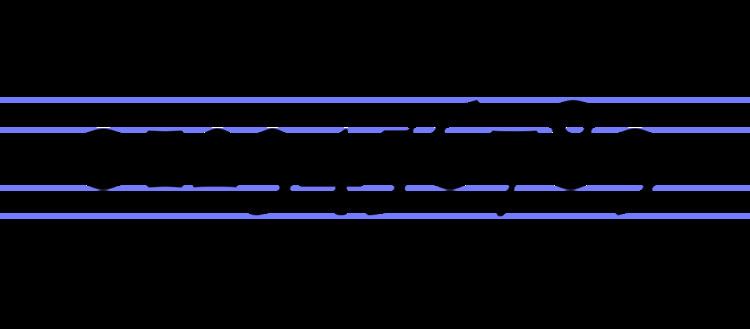 | ||
There are various stylistic and typographic variations to the Arabic numeral system.
Contents
Old-style numerals
The numerals used by Western countries have two forms: lining ("in-line" or "full-height") figures as seen on a typewriter and taught in North America, and old-style figures, in which numerals 0, 1, and 2 are at x-height; numerals 6 and 8 have bowls within x-height, and ascenders; numerals 3, 5, 7, and 9 have descenders from x-height; and the numeral 4 rests along the baseline.
British presses have been partial to "old-style" numerals, even though typewriters cannot print them and they are not assigned corresponding Unicode values. The old-style numeral one can resemble a capital "I" reduced to x-height, and this can lead to confusion e.g. of the number 11 (when written in old-style digits) with the Roman numeral II (meaning the number two).
Slashed zero
A distinction exists between the Danish/Norwegian letter "Ø," the Latin letter "O," and the numeral "0". Handwritten data to be typed into a computer necessitates having a distinction between the letter "O" and numeral "0". In English-speaking countries, zero was often slashed in technical writing, and was used in many computer keyboards, screens, and printing methods. Some early computerized systems for managers assumed that the numeral would be entered more often than the letter, so they slashed the oh instead. In time this became a minority practice, and it is very confusing for Danish and Norwegian speaking people.
There are three ways of ticking the numeral zero to make it distinct from the letters O and Ø. A tick in the upper right corner derives from the earlier practice, a tick in the upper left corner is used to prevent confusion with all earlier practices, and the very-low-resolution typeface "Fixedsys" has an internal tick, that does not extend beyond the bowl, in both the upper right and lower left. This is the most elegant, but it would take quite a flourish to write it on hundreds of inventory tags. Scandinavian countries prefer a numeral zero with a dot in the middle, although low-resolution displays can confuse this with a numeral eight, and it takes longer to assuredly make a dot with a ballpoint pen than making a tick.
Other variations
The "Crossed Seven" is commonly used throughout Europe and Canada, but is sporadically used in the United States, and it is not permitted to be written on some inventory tags that are optically read by computers. There are two more forms of the numeral seven used in France, as seen on Citroën cowls:
Central Europe uses a 'one' that has two half-serifs so it looks somewhat like a 'Z'. The region further uses a numeral four that looks like a lightning bolt, and in some areas of Eastern Europe, as seen on Romanian tanks, there is a numeral four that does not have a closed loop, but has a Greek cross form of strokes. Usually the numeral two is not slashed, whereas the letter Z is, because the handwritten form could be confused with the numeral two.
